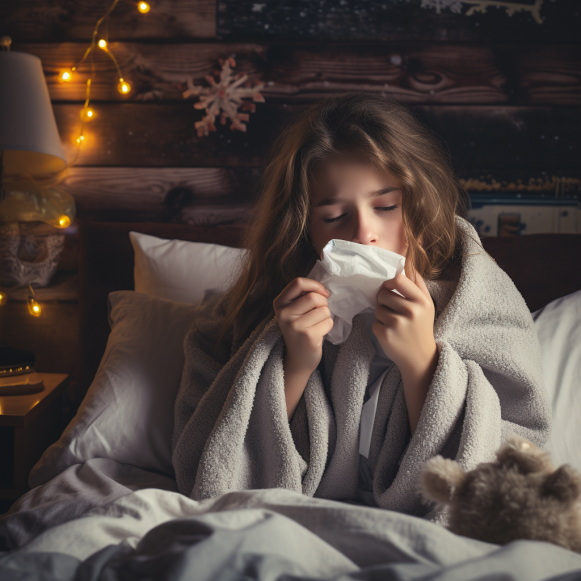What to expect for the flu, RSV and COVID-19 respiratory season

The seasonal respiratory virus lineup includes influenza, respiratory syncytial virus (RSV), and COVID-19. According to the Centers for Disease Control and Prevention (CDC), the upcoming fall and winter will have a similar number of respiratory disease hospitalizations as last year. They emphasize, however, that these hospitalization rates are higher than before the COVID-19 pandemic, when the leading causes were the flu and RSV.
According to Matthew Binnicker, Ph.D., director of the Mayo Clinic Clinical Virology Laboratory, researchers in the Northern Hemisphere look to the trends in the Southern Hemisphere, where winter is coming to an end, to help forecast the upcoming respiratory season.
“We saw in Australia that they had a typical to severe influenza season in some areas.” And that’s what I expect this year: more of what we saw before the pandemic,” Dr. Binnicker says.
“Whether it’s an average year or a more severe year will be based on a few factors: how well people abide by all the lessons we learned about staying home when you’re sick, masking if you’re sick, getting your influenza vaccination, but also the type of virus that’s circulating,” according to him.
According to the CDC, the 2023 Southern Hemisphere flu vaccine reduced hospitalizations by 52%. If similar influenza virus strains spread in the Northern Hemisphere, the 2023-24 vaccine could offer comparable protection.
Influenza strains
According to Dr. Binnicker, a few different strains of influenza have predominated in recent years.
“One is known as the H3N2 influenza A virus, a common influenza A virus that has been circulating for years.” Then, in some areas, the 2009 pandemic strain, the H1N1 influenza strain, has been in circulation. “We typically see those influenza A strains in the United States between November and February or March,” says Dr. Binnicker.
“We also see a strain of influenza called influenza B, which usually causes a little bit less severe disease, and that typically comes up toward the tail end of the influenza season, in the February, March and April timeframe,” he continues.
Illness prevention during the respiratory season
The outlook contains some unknowns, such as the timing, specific virus strains, and what new COVID-19 variants may emerge. That is why, according to Dr. Binnicker, prevention is essential.
The good news is that vaccines are available for these three seasonal illnesses, including updated COVID-19 vaccines and new RSV vaccines for those 60 and older, infants, and pregnant women.
“It’s an exciting time in terms of prevention strategies for these viruses,” Dr. Binnicker says. “Then you get down to business: proper hand hygiene.” Stay at home if you’re sick. If you must leave, wear a mask if you exhibit any of these symptoms. And then testing so we know what we’re dealing with and can take appropriate precautions to prevent transmission to others.”






